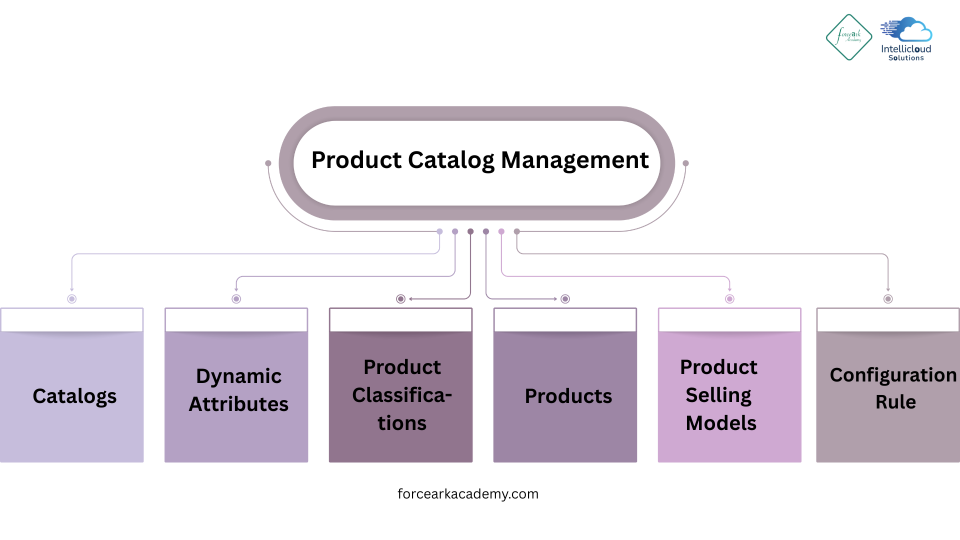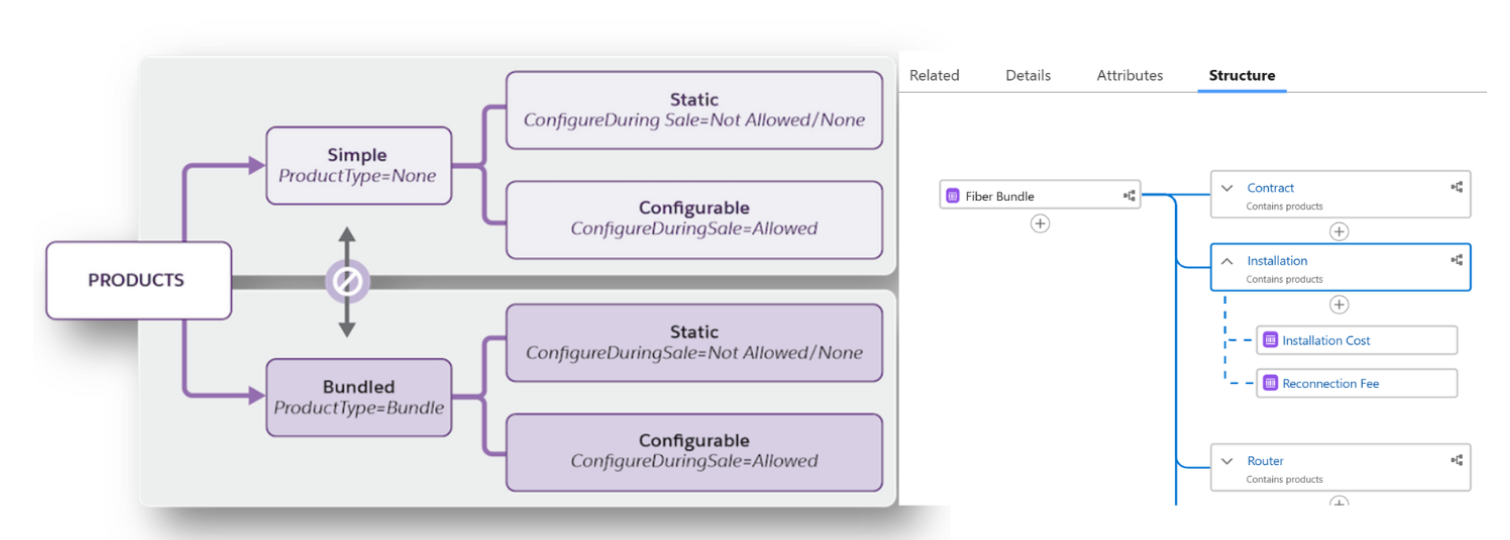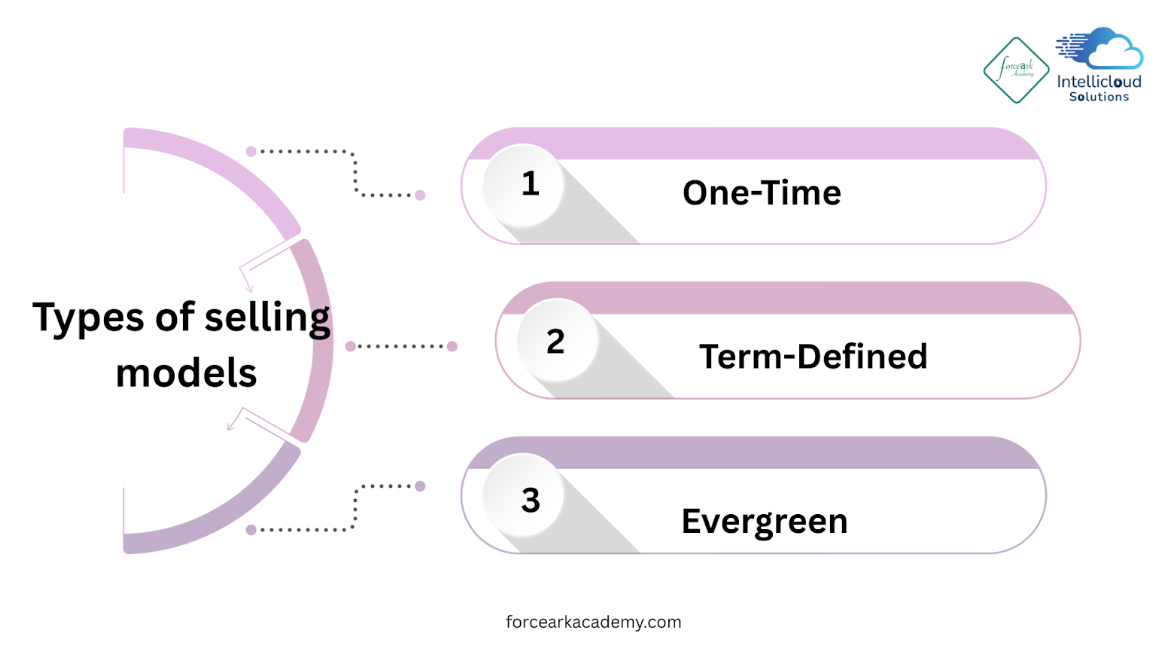There are no items in your cart
Add More
Add More
| Item Details | Price | ||
|---|---|---|---|
Keeping your product information organized and up-to-date is super important. Whether you sell online, in stores, or through other channels, your product catalog helps everything run smoothly from marketing to customer service to sales.
Product Catalog Management is the foundation of Revenue Lifecycle Management. It involves creating and maintaining a digital library of all your products and services including pricing models, bundles, features, and availability all in one centralized system.

A catalog in Salesforce RLM is like a digital shelf where all your products are neatly organized. It groups products into categories and subcategories so that sales, service, and billing teams can quickly find the right product with the right options. You can create different catalogs for different regions, business units, or sales channels so everyone sees only what’s relevant to them. It helps keep things clear, fast, and accurate when selling or quoting.
What are the benefits of it ?
Products are Items and services sold to customers, which can be sellable or non-sellable.

Products are two types :
It defines how a product is sold whether it's a one-time purchase, a subscription with a fixed term, or an ongoing service that continues until canceled.

1. One-Time :
In Revenue Lifecycle Management (RLM), configuration rules are powerful tools that help automate and control how products are selected, bundled, and customized during the quoting process. Here are some of the key actions you can automate with configuration rules:
Managing your product catalog isn’t just about keeping things organized, it's about helping your whole business run smoothly. Every team like sales, billing, and finance depends on correct product information to do their job.If your catalog is updated and easy to use, your sales team can close deals faster, billing becomes more accurate, and finance teams can track revenue properly.
Unlock the Power of Product Catalog Management at ForceArk Academy.